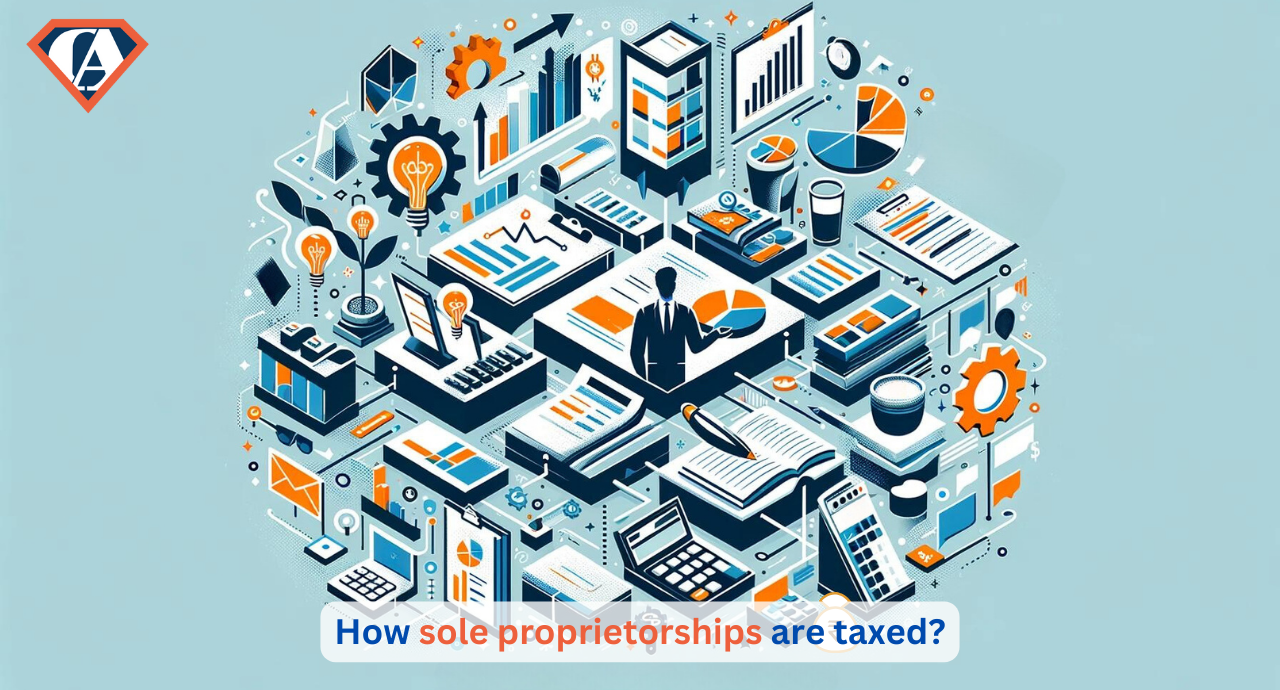Difference between New Tax Regime & Old Tax Regime Applicable for AY 2023-24
- Posted By SuperCA
- On 02 March
About
For the Assessment Year (AY) 2023–2024, the Indian government recently unveiled two distinct tax regimes: the Old Tax Regime and the New Tax Regime. The uncertainty this has caused among taxpayers makes it difficult for them to distinguish between the two systems and choose the one that is best for them. This blog post will compare and contrast the Old and New Tax Regimes in order to better guide the taxpayers to their preferable option.
Key Differences between Old and New Tax Regime
|
Parameter |
Difference |
|
Deductions and Exemptions: |
The major difference between the Old and New Tax Regime is the deductions and exemptions available to taxpayers. The New Tax Regime prohibits taxpayers from claiming any deductions or exemptions, with the exception of those under Sections 80CCD(1B) and 24. This contrasts with the Old Tax Regime, which allowed taxpayers to claim a variety of deductions and exemptions to lower their taxable income (b). |
|
Tax Rates: |
For some income slabs, the New Tax Regime's tax rates are lower than those of the Old Tax Regime. For instance, under the New Tax Regime, taxpayers earning between Rs. 5 lakh and Rs. 7.5 lakh pay 10% tax, whereas under the Old Tax Regime, they pay 20% tax.
|
|
Simplicity: |
The New Tax Regime is simpler than the Old Tax Regime as taxpayers do not need to worry about claiming deductions and exemptions. This makes tax filing easier and quicker for taxpayers who opt for the New Tax Regime. |
|
Impact on Investments
|
Given that the New Tax Regime forbids deductions under Section 80C, many taxpayers may be deterred from making investments in securities like PPF, NSC, and ELSS. This can have an effect on their long-term financial planning and investing objectives. The New Tax Regime may, however, be more appealing to taxpayers who don't want to invest because they can take advantage of lower tax rates without having to buy any particular securities.
|
|
Impact on Take-Home Salary |
Depending on the taxpayer's income and deductions, the effects of the Old and New Tax Regimes on take-home pay will vary. For instance, despite lower tax rates, taxpayers with high deductions under the Old Tax Regime might wind up paying more tax under the New Tax Regime. |
Deductions and exemptions under the Old Tax Regime
The Old Tax Regime is the traditional tax system that has been in place for many years. Under this regime, taxpayers are allowed to claim various deductions and exemptions to reduce their taxable income.
Some of the popular deductions include:
- Section 80C: With the use of various investments in Public Provident Funds (PPF), National Savings Certificates (NSC), and Equity-Linked Savings Schemes, taxpayers are able to deduct up to Rs. 1.5 lakh from their taxable income (ELSS)..
- Section 80D: Under this deduction, taxpayers may deduct up to Rs.25,000 for medical expenses incurred on behalf of themselves, their spouses, and their dependent children. Premiums paid for parents under 60 years old are eligible for an additional deduction of Rs. 25,000.
- Section 80TTA: Under this deduction, taxpayers may write off up to Rs. 10,000 in interest from savings accounts.
- Taxpayers can further lower their taxable income by claiming exemptions like the Standard Deduction, Home Rent Allowance (HRA), and Leave Travel Allowance (LTA) in addition to these deductions.
Deductions and exemptions under the New Tax Regime
New Tax Regime offers lower tax rates to taxpayers who are willing to give up some deductions and exemptions. Taxpayers cannot claim any deductions or exemptions under this system, with the exception of those allowed by Sections 80CCD(1B) (contributions to the National Pension System) and 24(b) (interest on home loan).
Tax Rates Under the New Tax Regime
The tax rates under the New Tax Regime are as follows:
|
Income Range |
TaxRate |
|
Up to Rs.2.5 lakh |
Nil |
|
Rs.2.5 lakh to Rs.5 lakh |
5% |
|
Rs.5 lakh to Rs.7.5 lakh |
10% |
|
Rs.7.5 lakh to Rs.10 lakh |
15% |
|
Rs.10 lakh to Rs.12.5 lakh |
20% |
|
Rs.12.5 lakh to Rs.15 lakh |
25% |
|
Above Rs.15 lakh |
30% |
Conclusion
With the implementation of the New Tax Regime, taxpayers now have the option of choosing between the conventional tax system and a more straightforward, lower tax rate regime. Although the New Tax Regime is easier to understand and has lower tax rates than the Old Tax Regime, it does not offer the same deductions and exemptions. Before selecting a tax system, taxpayers should carefully assess their financial circumstances and ambitions.
Taxpayers who are unsure about which regime to choose can use online tax calculators to compare the tax liability under both regimes and make an informed decision. You can also seek the advice of our tax professionals to understand the implications of both regimes and make an optimal decision. At SuperCA, our in-house tax experts can help you prepare, manage and execute all your compliance requirements within this shifting regulatory environment. SuperCA acts as a Tax Saviour for you. Our systems are designed to suggest deductions and tax exemptions applicable to income tax returns and also ensure that the clients get the maximum possible tax refund and they do not pay more than they owe. Do connect with us for a free consultation related to all your queries.





